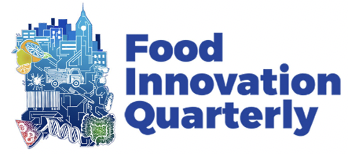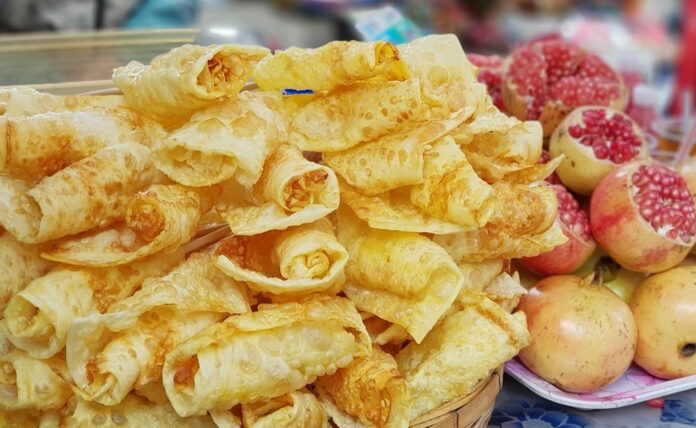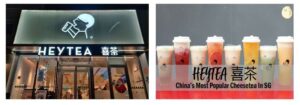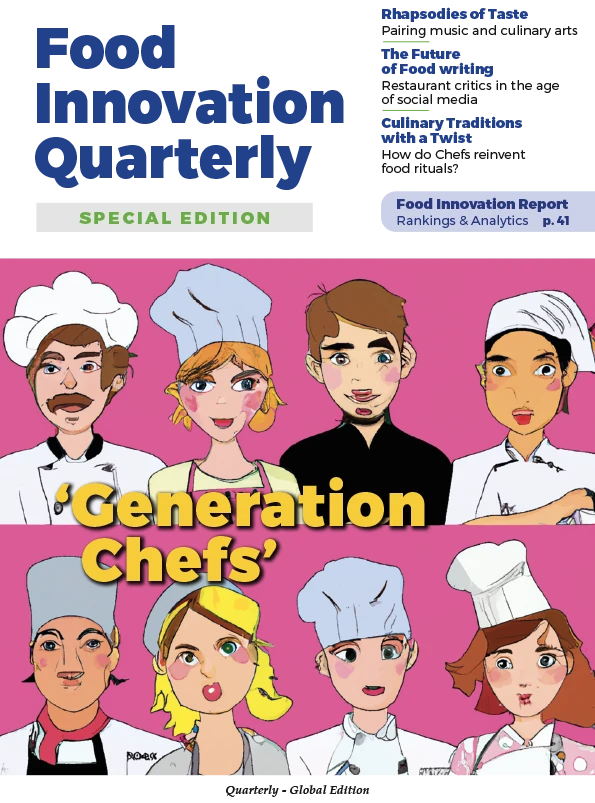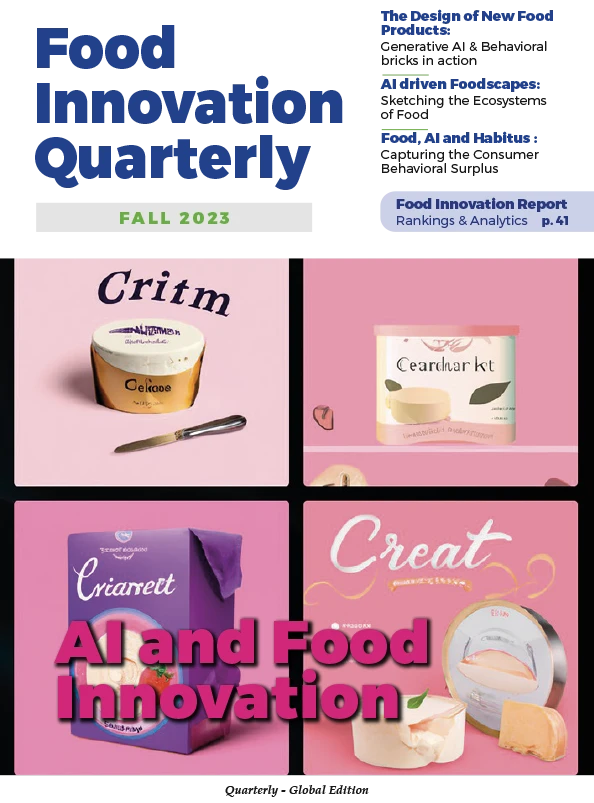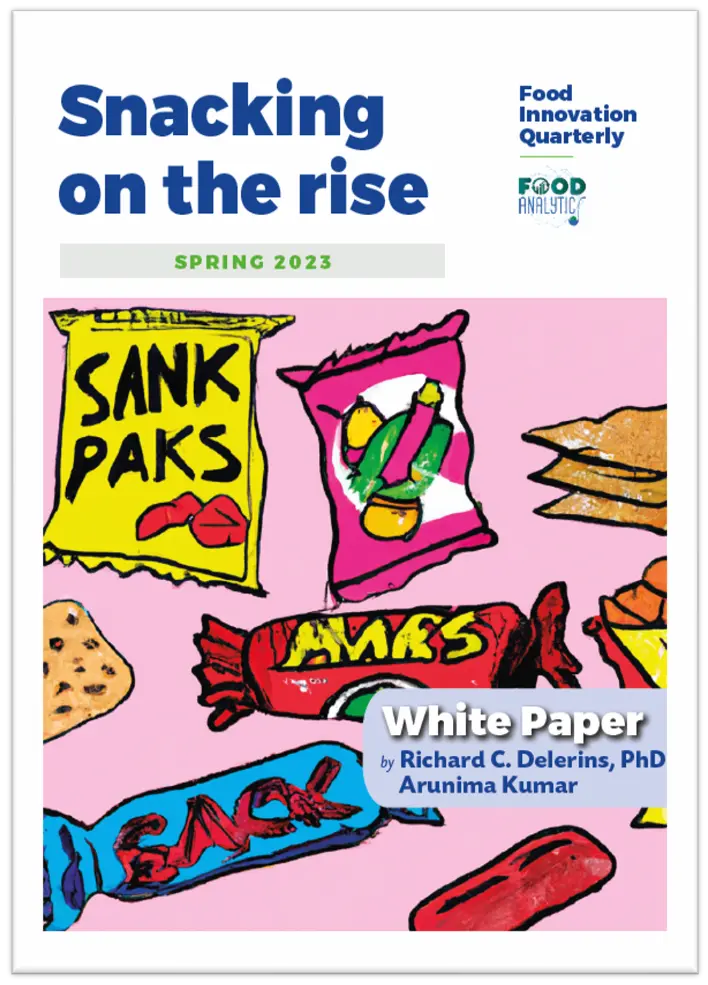In popular imagination, Chinese cuisine simply does not “do” dairy. However, Mr. Song’s Book of Nourishing Life (宋氏养生部) written in 1504 by Chinese gastronome Song Xu, invites us to reconsider the conventional wisdom about the place of dairy products in Chinese cookery.
Song Xu mentions a recipe using fresh cheese as a stuffing for pasta or dumplings along with many techniques for cheesemaking, indicating a presence of cheese in the culinary traditions of the southern parts of the country. Scholars have also pointed out that dairy was a regular part of the diet of northwest China mostly owing to powerful central Asian pastoralist influences.
Today, the revival (or ‘heritagization’) of local and regional foods furthered by popular media such as ‘A bite of China’ (舌尖上的中国), a seven-part TV documentary series devoted to local foods, is bringing back foods such as ‘Rubing’ (乳饼), or ‘milk cake’, a goat or sheep’s milk cheese from Yunnan province in China’s southwest. Along with ‘Rubing’, Chinese cheeses include ‘Chura Kampo’, a hard Tibetan cheese made from yak’s milk; ‘Nguri’, from the province of Fujian made from buffalo’s milk; and ‘Rushan’ (乳扇) from Yunnan made from cow’s milk with a leathery texture.
In Mandarin the word for cheese Nai Lao (奶酪), literally translates to ‘curdled milk’. It also refers to fermented dairy products such as Imperial yogurt (老北京酸奶) a more than 100-year-old recipe making a comeback. It uses fermented rice juice to curdle full cream milk. Most recently, famous K-Pop star, Blackpink’s Lisa was hailed as the spokesperson for Zhenguo Li Yogurt drinks stipulating the Chine yogurt brands’ attempts to stay current and connect with the Millennials and ‘Gen. Z’.
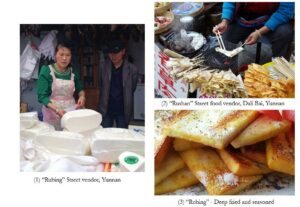 However, more recently, a new Chinese word was coined ’Zhi Shi‘ (芝士), a buzz word now in China, to designate western style “cheese’. Mostly European and American cheeses. This is not the sole indicator of the increasing popularity of cheese. According to Euromonitor, cheese is being added to school lunch menus in many primary schools in Shanghai. China is a large and rapidly growing market for dairy products.
However, more recently, a new Chinese word was coined ’Zhi Shi‘ (芝士), a buzz word now in China, to designate western style “cheese’. Mostly European and American cheeses. This is not the sole indicator of the increasing popularity of cheese. According to Euromonitor, cheese is being added to school lunch menus in many primary schools in Shanghai. China is a large and rapidly growing market for dairy products.
Between 2016 and 2021, China’s dairy and milk formula markets are expected to grow by 10 and 25 percent, respectively. But as China’s consumption outpaces its domestic supply, exporters in New Zealand, Europe, Australia, and the United States are finding new opportunities in the China market. At the same time, Chinese dairy companies are investing overseas to ensure supplies of powdered milk, whey, cheese, and other dairy products.
China has taken steps to consolidate production and gain better control over the safety and quality of dairy products since 2008’s milk adulteration scandal. The greater attention to food safety coincided with, and partially drove, the consolidation of both dairy farming and processing. Consolidation increased the market share of two major dairy companies, China Mengniu Dairy Co. and Inner Mongolia Yili Industrial Group, which operate dairy farms and production facilities. Mengniu and Yili maintain a majority share, or close to it, of the shelf-stable milk, yogurt, and flavored milk drink markets, which are expected to continue to grow. In 2016, China’s Ministry of Agriculture established the “D20” alliance of 20 top dairy companies.’
Currently, annual per capita consumption of cheese in China is only 0.1 kilogram, far below 2.4 kg in Japan, 2.8 kg in South Korea, 15 kg in the United States and 18.6 kg in Europe where France, Germany and the Netherlands take the top three spots, according to the China Dairy Industry Association. French Dairy giant Lactalis, opened their first Chinese subsidiary in Shanghai in 2019 to better meet customer needs through a direct presence.
Cheese Enters the “Wanghong Economy”
The term ‘Wanghong economy’ (网红经济), designates the nascent Chinese digital economy based on influencer marketing in social media. Consumers tend to see a KOL (Key Opinion Leader) simply engaging with a product as an endorsement. Today, Chinese chefs, food influencers, and bloggers don’t hesitate to mention cheese in their recipes.
Cheese as ingredient has become part of Chinese cuisines. According to Song Kungang, Honorary chairman of the Dairy association “The number of Chinese people who like eating cheese will rise, due to the growth in popularity of Western food like pizza, spaghetti, cheesecake and sandwiches in China. The volume of imported cheese has been growing significantly, showing an increasing demand and appetite from consumers”; “In fact, many Chinese foodstuff firms are starting to use cheese as an ingredient, such as vegetable buns with cheese, seafood cheese fried rice, and deep-fried purple potato balls in cheese.
Besides, China has rich resources for special dairy products, and domestic producers can develop cheese based on goat, buffalo and yak milk”. In addition, cheese has a high nutritional value and the protein from cheese can be fully digested, meaning that lactose-intolerant Chinese consumers don’t need to worry about such issues. Cheese wrapped in small packages and snack foods like cheese sticks are favoured by consumers and seen as a future trend,” Song said. Fermented dairy products are also seen as healthy ‘probiotics’, a booming market in China.
Chinese netizens are sharing their daily lives through social media, such as LRB, short for Little Red Book (小红书), a social network for Chinese favoured by Millennials and ‘Gen Z’. If we search “芝士” (Cheese) on LRB, more than 220,000 posts are shown in the results, teaching you how to cook “Cheesy baked rice with tomato”, “Cheesecake” or other recipes that include cheese. TikTok China offers countless Chinese recipes with a cheese twist such as a “Stir-fried chicken with cheese”.
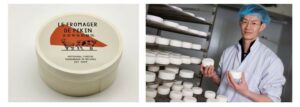
Besides, as the Chinese youth becomes increasingly exposed to international cultures, it is not so hard to find ‘artisanal cheeses’ in big cities like Beijing or Shanghai. One such youth was Liu Yang who went to France to study business in 2001 and came back with a great passion for cheese. Liu Yang started making a Camembert-style cheese with local cow’s milk in his home kitchen; he called it “Beijing Grey”. Nearly a decade later, Yang is now the owner of Le Fromager de Pékin (北京布勒奶酪坊)where he makes 20 different cheeses, including Camembert, Ricotta, and an award-winning Blue cheese.
Lately, cheese found its way to the core of Chinese food culture: Tea! Mixing cheese with tea was the creative spark of ‘Heytea’ (喜茶) a new cheese tea brand and chain. A tea with cream cheese on top made of salty cheese imported from New Zealand. Cheese tea lovers are willing to queue up for several hours only to have a single cup! Heytea latest hit in Shanghai is a tea with two layers, composed 20 % of a cream cheese topping (奶盖) and 80 % of a green or fruit tea base. The cream layer can be sweet, salty or sprinkled with salt!
